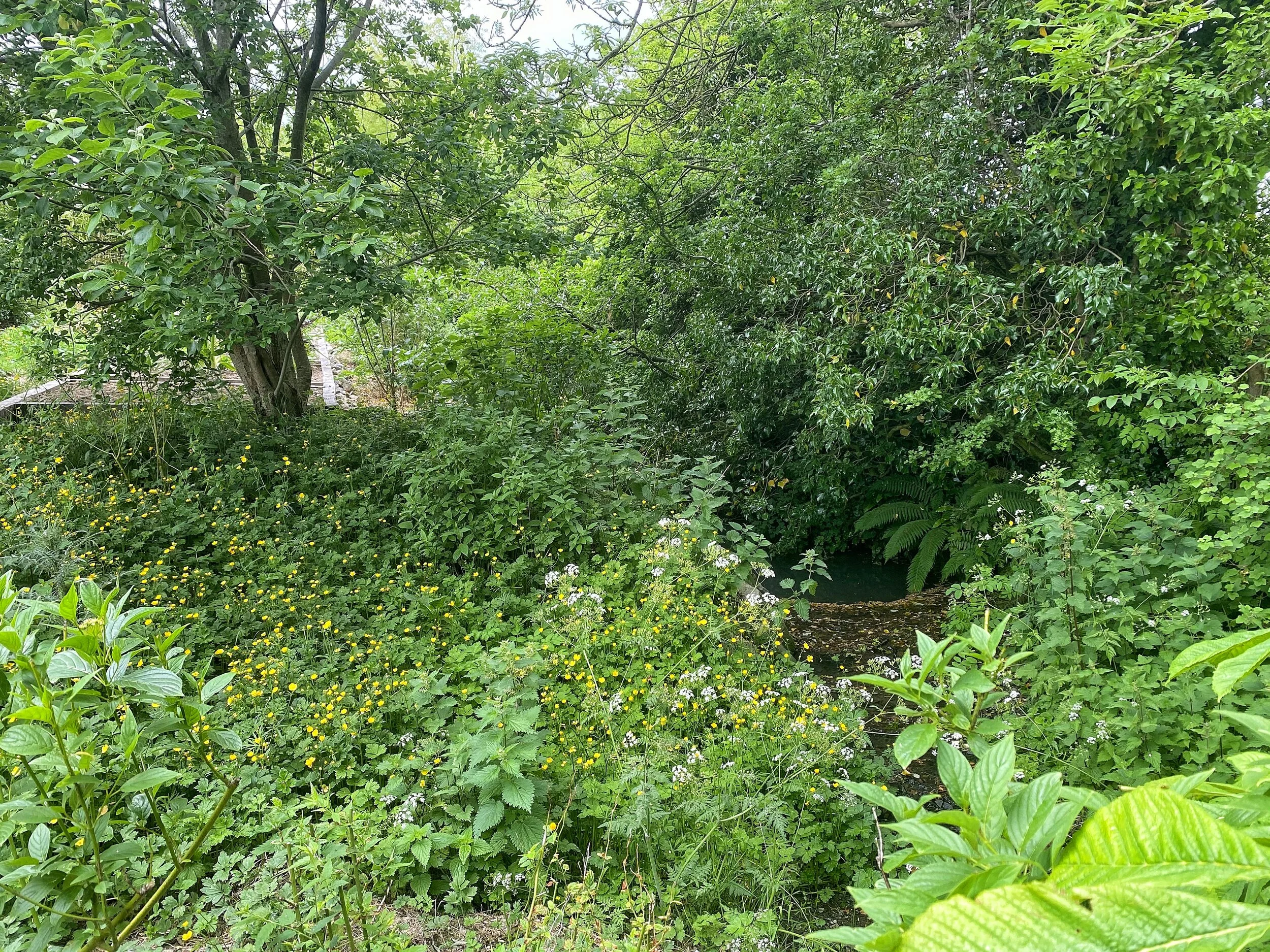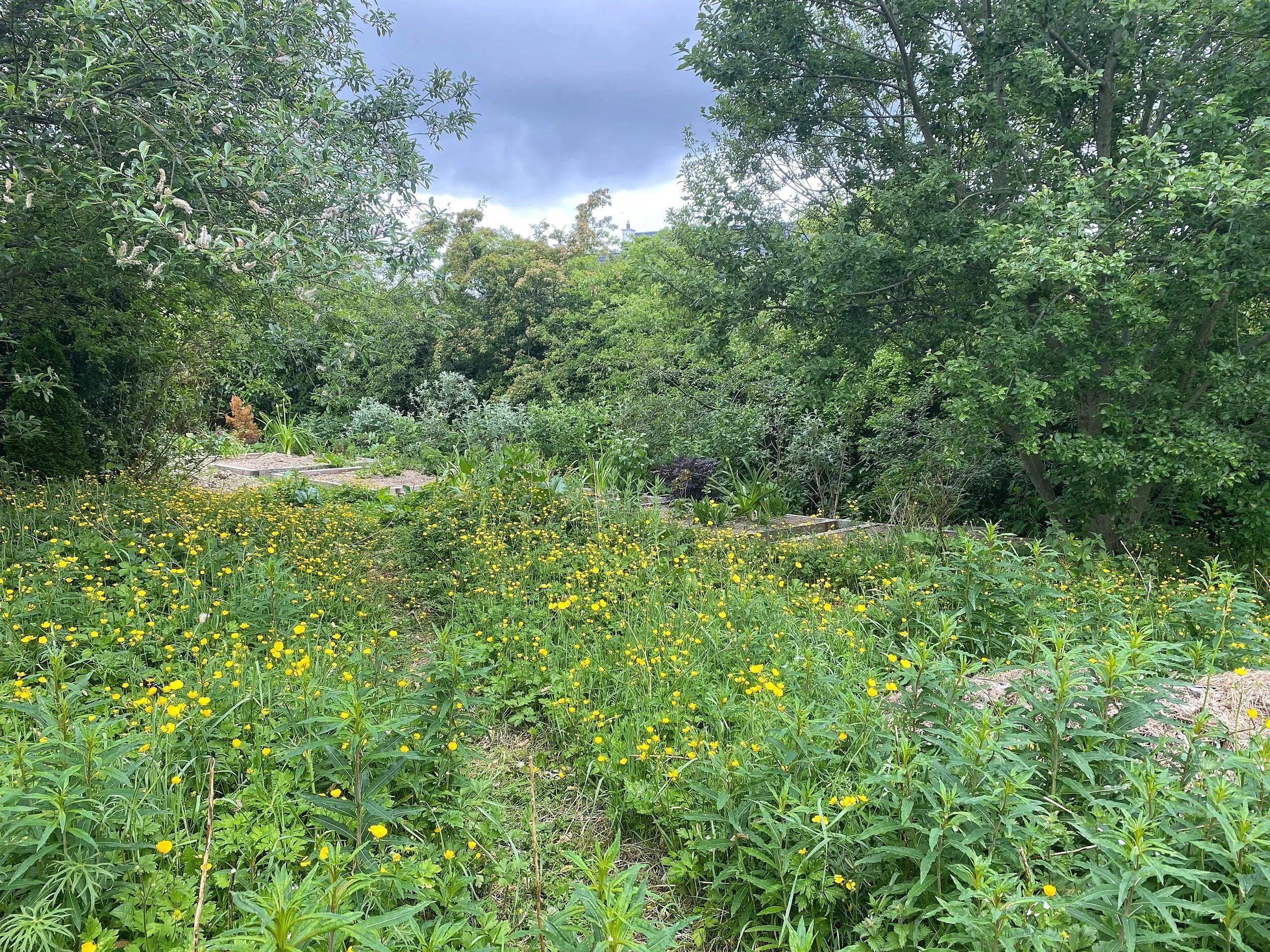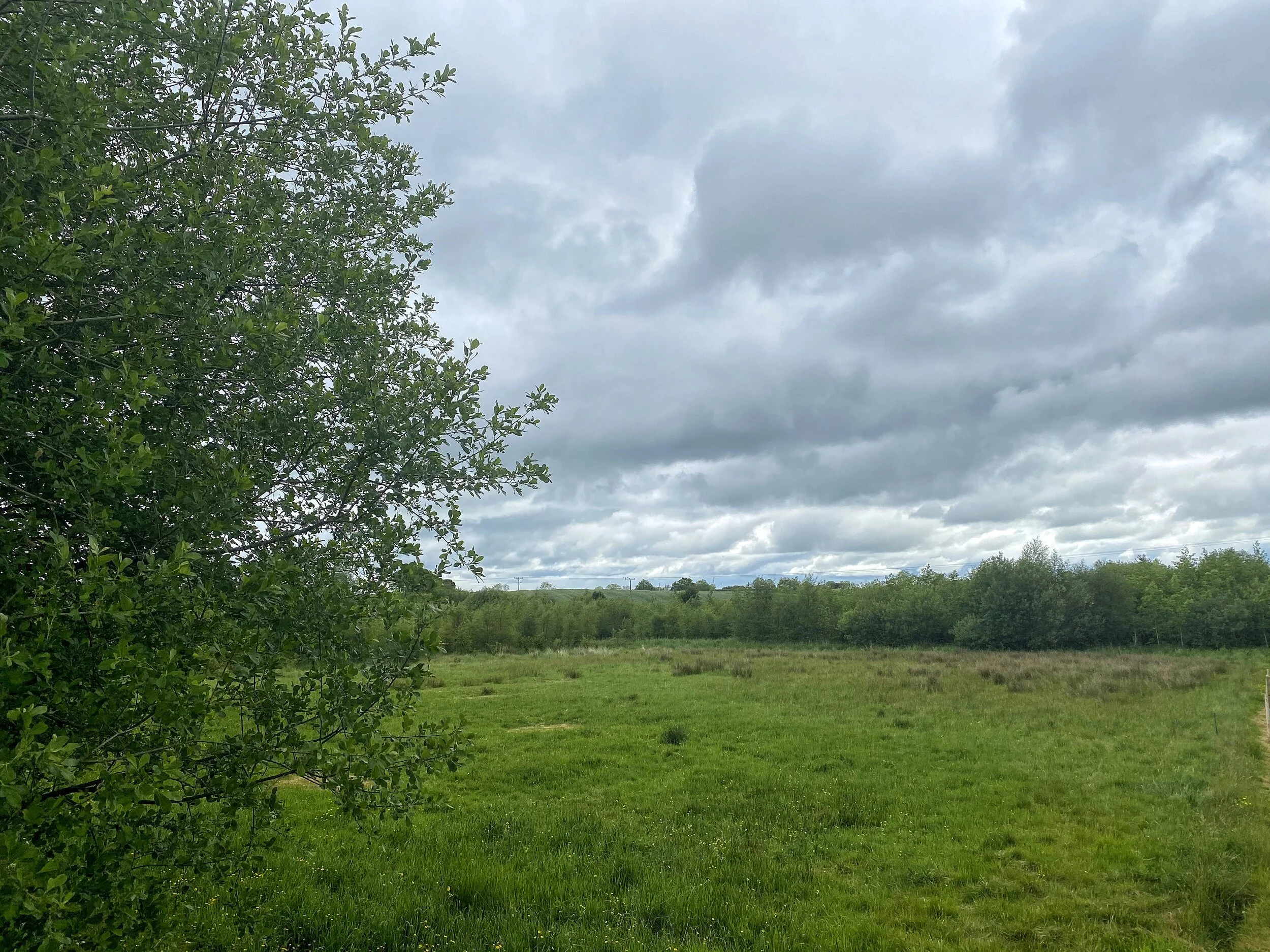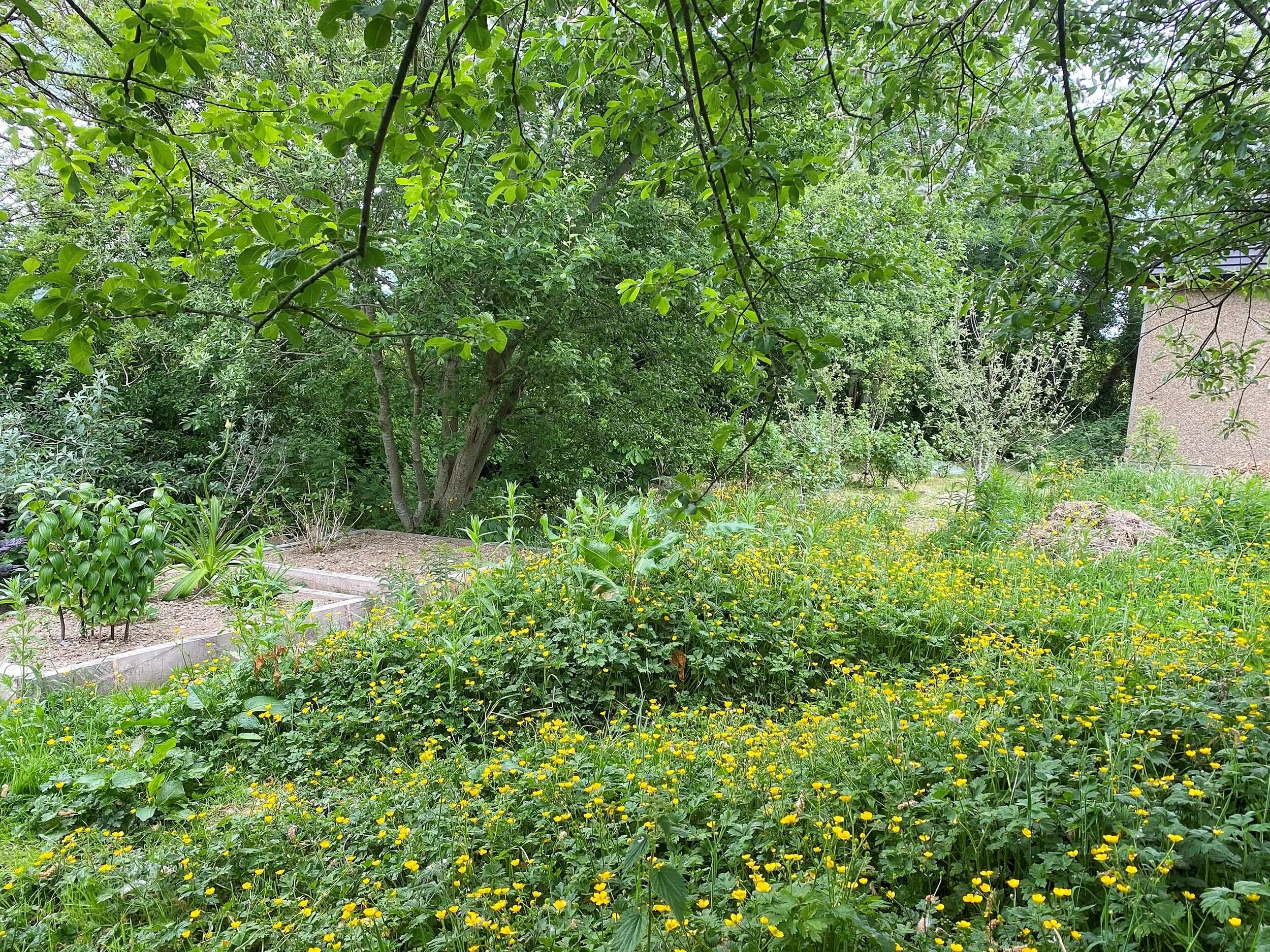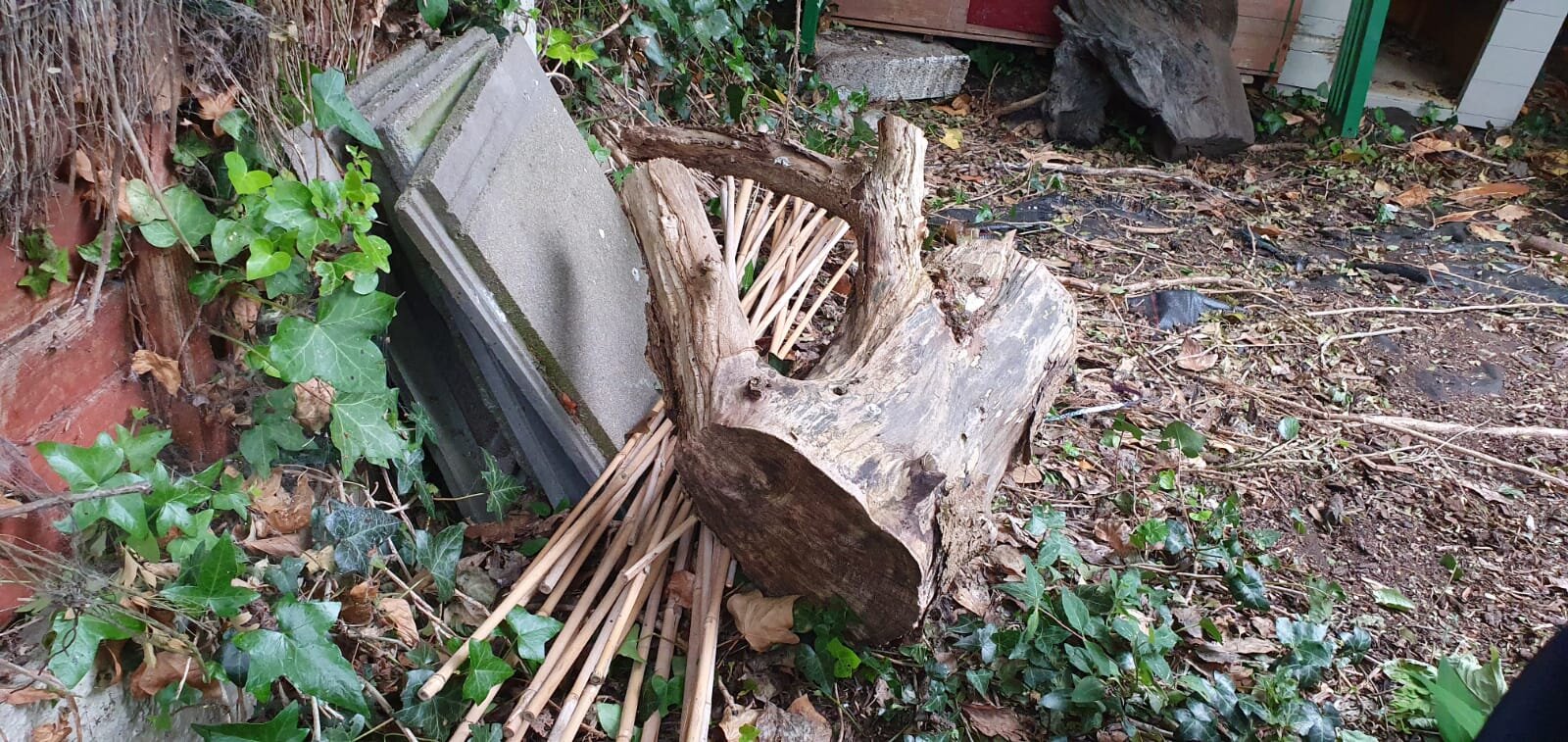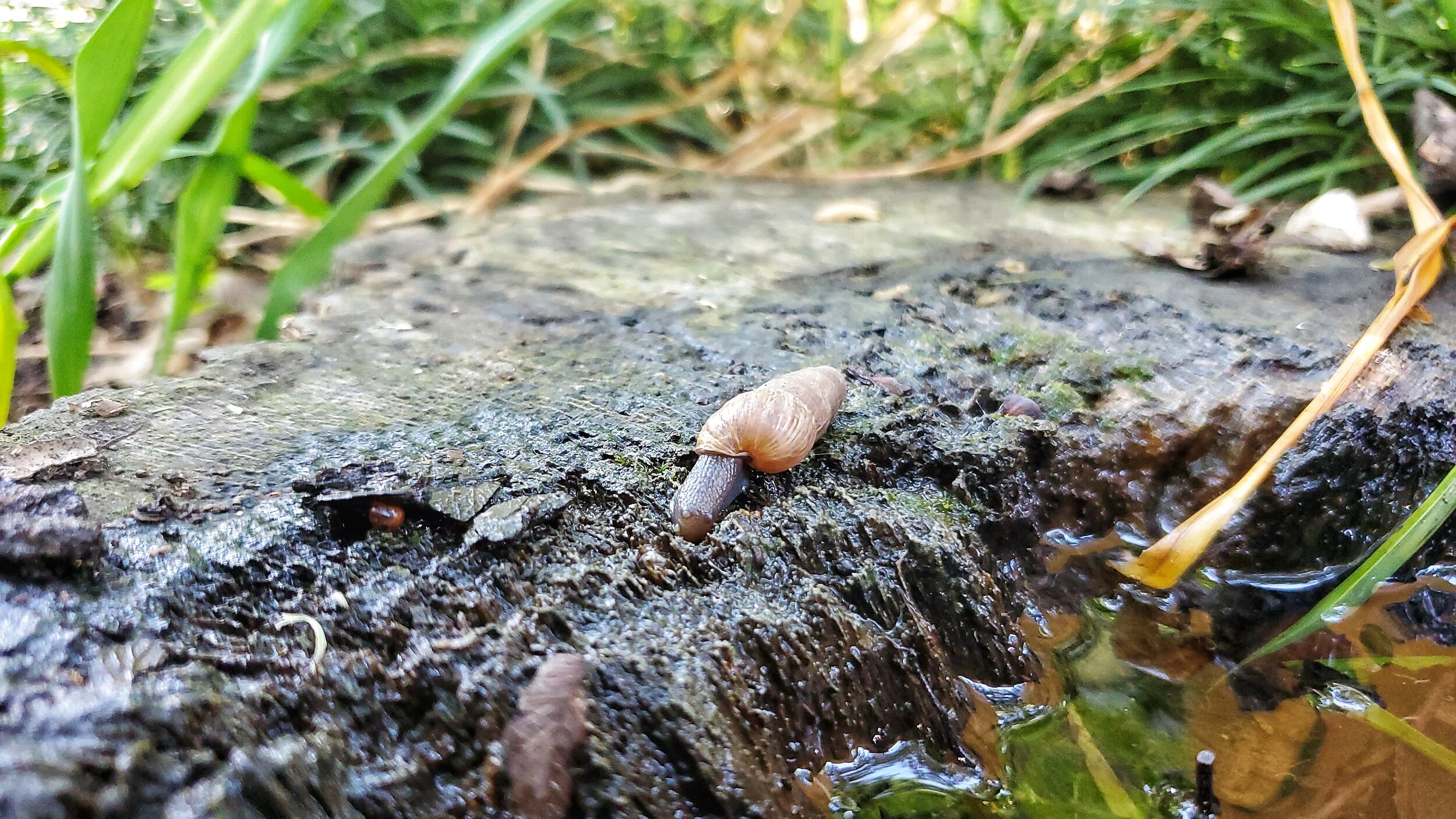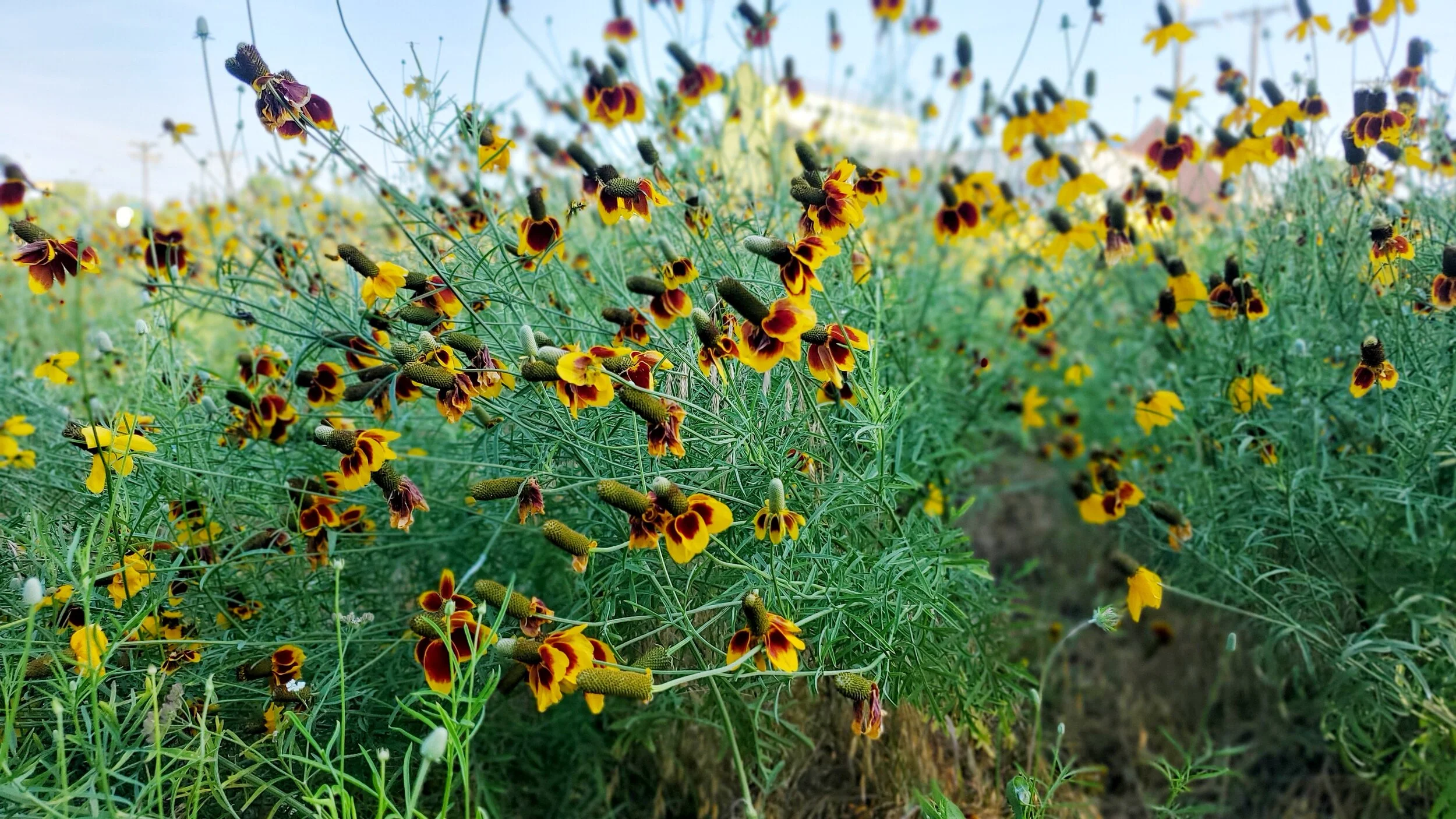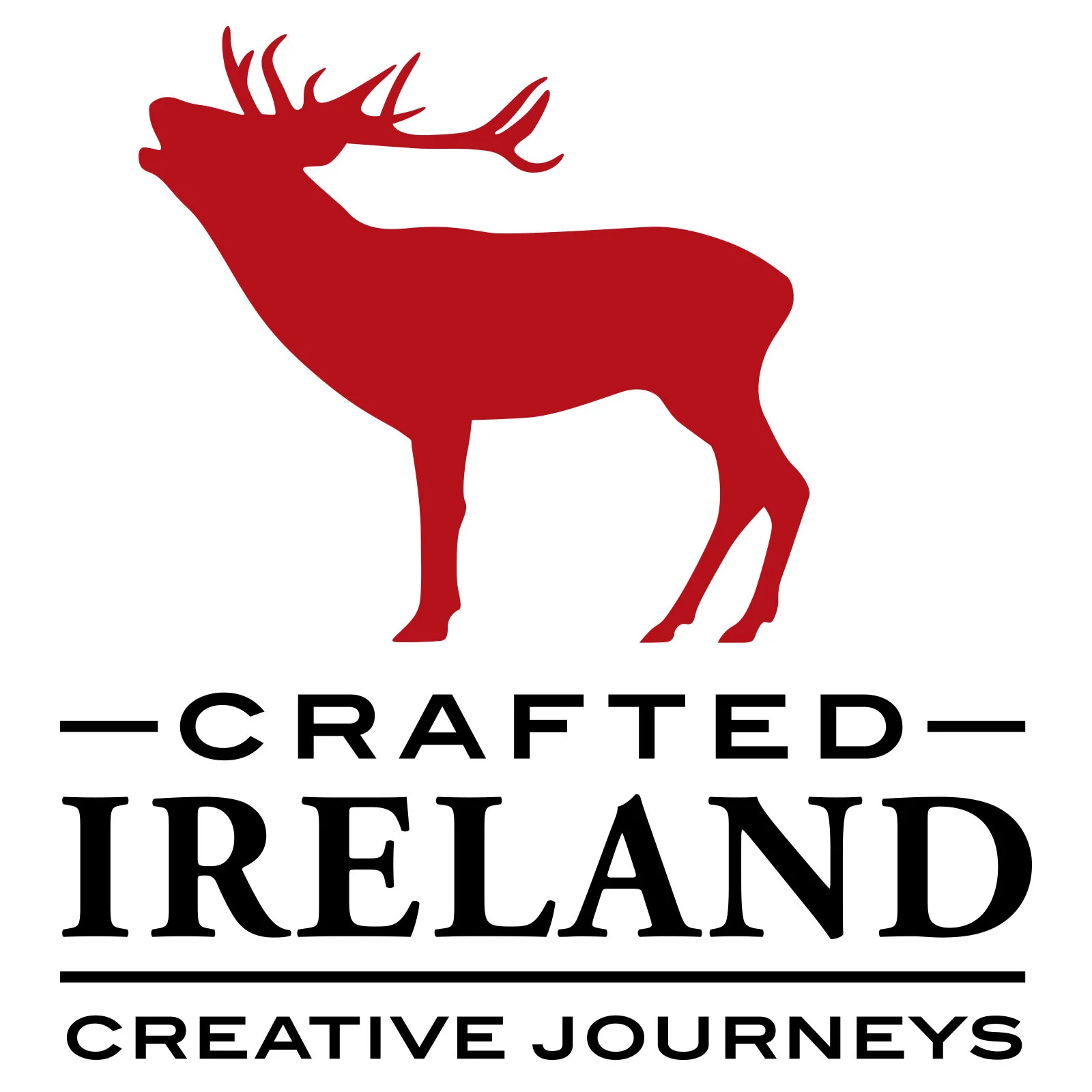June 5th, World Environment Day, encourages awareness and action for the protection of our environment. First celebrated in 1974, it has since developed into a global platform for promoting and supporting critical environmental issues. And though recognized worldwide, it has only been in recent years that there seems to be a very positive, global shift in mindset when it comes to understanding the urgency of our corporate and personal responsibilities for the overall health and well-being of our planet.
From major corporations to small and local businesses, companies are taking action and making their statements. Sustainability policies are front-and-center on many websites and even awards are granted when efforts are met and exceeded. Custom Ireland is no different. We understand that our business takes a toll on our planet, so we are serious about taking action from a corporate standpoint through our tree-planting program and in office daily as a part of our environmental responsibilities. But our efforts don’t stop there .
Custom Ireland’s Managing Director, Crothúr Murphy, is a fierce lover of “all things in nature”, and he’s passionate about encouraging the team to get excited about protecting our planet. This year’s World Environment Day theme is “biodiversity – taking time for nature”, which aptly captures the efforts we are making in our own homes, beyond the corporate walls.
We’d like to share our stories and photos with you, and we hope they inspire you and others to take action as well. Please feel free to share your comments on this post about efforts that you are making as well so we can grow the share of ideas.
Crothúr Murphy, Owner/Managing Director
I have implemented a planting programme to sustain the indigenous wildlife in my garden that focuses on many species of bee, butterfly other pollinators and wildlife. In my front garden I have a little forest patch with native trees have been part of the Irish landscape for thousands of years. They benefit a huge range of wildlife, birds, insects, small mammals as well as being hosts to many mosses, lichens and fungi and are obviously well suited to our environment. My native species include Rowan, Sessile and Common Oak, Sycamore, Horse Chestnut, Hawthorn, Blackthorn, Birch, Alder, Elder, Holly, Wild Cherry, Willow, and Ash.
My main garden is made up of two large rockeries and two beds where I grow pollinator friendly flowers and scrubs such as wild Foxglove (as opposed to a hybrid farmed version), Fern, Daffodil, Allium, Daisy, Lupin, Berberis, California Lilac, Iris, several species of Buddleja, Sea Holly and Flowering Currant amongst many others that attract numerous butterfly and bee species from mid-February right through to the end of Summer.
However, it is my rewilding project that I am most happy with. [photos below]. I have left the majority of my back garden grow wild, cutting some narrow pathways through it to allow me to walk and service my plants. There is a stream running down the boundary that I have left unattended, where nettles and other native plants grow wild, this helps with food and shelter for butterfly and moth caterpillars. I have planted a wall of Buddleja to allow for copious amounts of nectar for pollinators and installed some beds where I planted a range of flowering plants. The remainder is left grow wild which supports numerous species of birds and is covered in wild buttercups.
I have seen and have evidence of the following animals feeding in my garden: hedgehog, fox, badger, hare, rabbit, pygmy shrew, and of course rat.
I have an orchard with apples, cherries, pears, blueberries, gooseberries and blackcurrants, the vast majority being left for the birds to eat in the Autumn. I chip all of my cuttings and created a compost heap which now houses a badger set and this pathway leads to an acre of ground that I have just purchased from a local farmer that I am rewilding this year, with next year’s plan being to add more species of native flowering plants, native hedgerows and a few beehives.
No toxins or poison are used in the garden where I feed a range of birds and, dare I say it, yes, I have a family of rats (they feed off of the bird feeder and have been there for many years. At one stage I poisoned them but have never regretted anything more and now I just leave them be. They are food for predators that feed in my garden, owls, foxes, badgers and buzzards. They don’t bother me and stay by the stream, and some even being extremely tolerant of me as I approach. Anyway, in a country setting, it is virtually impossible to have a rat-less garden, so I live and let live.
That’s it… just to close, these are the birds that I have recorded nesting and feeding in my garden, both in the wild area and in the more managed area:
Magpie, Great Tit, Coal Tit, Blue Tit, House Martin, Pied Wagtail, Wren, Dunnock, Robin, Blackbird, Song Thrush, Wood Pigeon, Collared Dove, Starling, Tree Sparrow, House Sparrow, Chaffinch, Green Finch, Gold Finch, Bull Finch, Siskin, Willow Warbler, Blackcap and the smallest bird in the British Isles… a nesting pair of Gold Crest.
In my acre of ground I have Mallard, Snipe, Pheasant, Buzzard.
Arthur McGauran, General Manager
I’m building a Bug Hotel!!! A while ago I read about the benefits to the world’s ecosystem of building a bug hotel, but one of the unexpected benefits was the educational piece around this with my kids. Not so long ago I witnessed my children running away from bugs, thinking they are, ‘scary’ and ‘yucky’, and they began to develop a bit of a phobia. So rather than steer them away from bugs, I decided to embrace the idea with my kids. ‘Wouldn’t it be wonderful if we could build a hotel for all the bugs to live’ and all of a sudden they could imagine the creativity that comes with this, whilst also learning about the key role that bugs have in protecting our ecosystem. This is a work in progress, and we have started to gather the materials….keep watching for the finished project!
Build your own bug hotel!
https://greensideup.ie/3-reasons-why-we-nee-to-build-more-bug-hotels/
Amy Beirne, Account Manager
Below are photos from my home:
1. WILD FLOWERS - This is an old herb garden that we have replanted with wild flower seeds.
2. UP-CYCLING - This is an old cable spool that we have repurposed into a garden furniture.
3. REWILDING - This is a general area that has been let go wild. It wasn't intentional, but it is teeming with wildlife, so now we are leaving it as a 'rewilding' area.
4. THE BUMBLEBEE - Enjoy this slow-motion video of bumblebee flying between two dandelions. This was taken at the wild flower box at the start of May
Rebecca Dixon, Director of Sales & Marketing
I am based in the United States, in a suburb just north of Dallas, Texas. I live smack in the heart of urban sprawl, where concrete and steel dominate the landscape. While my own yard isn’t quite big enough to allow for a true area of rewilding, I have carved out a little spot around an old tree stump where I allow nature to take its course. This little area is home to many insects, amphibians and mollusks; and everything growing here has been planted by the squirrels and birds, with the exception of my small patch of Shasta Daisies that I brought from my previous home. Shasta Daisies are one of bees favourite flowers. They are attracted to the bright yellow circle in the middle and cover themselves with pollen to redistribute. While living in the suburbs is quite safe and comfortable for humans, it is sad to think about the wildlife that we have pushed out to serve our own needs. I’m proud to live in a city that promotes the conservation and preservation of wildlife and native plants. In Plano, Texas, we have multiple nature preserves on the outer limits of town and even conservation buffer zones and native wild flower fields and patches inside the city limits.
Julie White, MICE Operations
Since moving to Ireland from Colorado, one of the things I miss the most are my gardens; vegetable and flower! The fresh soil, the smell of the earth, the thrill of watching things develop and grow as time moved on throughout the spring and summer months. As I now live in an apartment in north Dublin, I decided to create a fragrant window box garden in hopes of attracting bees, and I have had great success as I hear their gentle buzz while they feed on the nectar throughout the day! The flowers are also really pretty to look at :)
Isabel Hagel, Operations Executive
The lockdown has been a great opportunity for me to educate myself in biodiversity and how to protect it. The local park is just a short walk from my home, this is how I get my daily dose of biodiversity. As I don’t have a garden at my house in Dublin, I try to do my part in a different way. I’ve been using natural soaps and shampoo for a while now – not only are they plastic free and sustainable, they’re also biodegradable and therefore not harmful to biodiversity. I’ve recently discovered the Irish company “Kind Co”, a Zero Waste Lifestyle store who are selling sustainable, ethical and eco-friendly products. My first delivery with natural dish brushes, deodorant cream and sunscreen that is not harmful to us or sea life is on its way. Using cosmetic products that are not only kind to me but also kind to the environment is a big step in the right direction to a more sustainable lifestyle.
To learn more about our corporate tree planting program, view here:
Ask us about our tailor-made, luxury travel services for FIT!
Learn more at www.craftedireland.com

